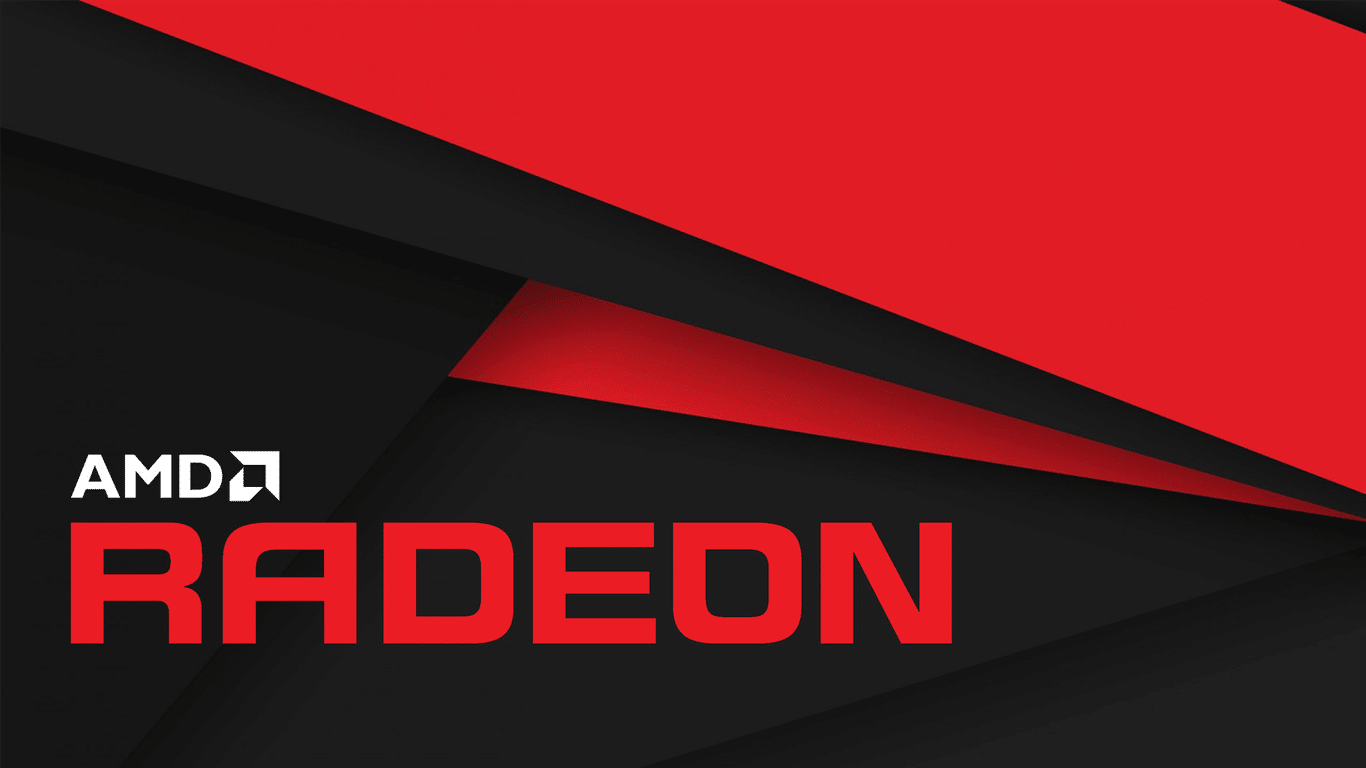AMD Radeon HD 7550M video card review
: -If you are looking for information relating to the Specs, Hashrate, CPU performance, configuration, benchmark and also a testing of this SSD Drive. We will go into more details as it regards to the testing in the article below.
Material information
Author: Notebookblog team
Category: AMD / ATI Radeon Graphics Cards
-
-
Views: 11432
The basis of the AMD Radeon HD 7550M video card is the chi which is used in previous generation video cards, for example, the Radeon HD 6630M.It should be noted that the AMD Radeon HD 7550M memory bus is only 64-bit, and there are 400 activated shaders, so great performance in computer games from this video card is not worth waiting for.
Undemanding modern games will run freely on medium graphics settings and with a resolution of 1024×768 or 1366×768 pixels. But when launching resource-intensive games such as Battlefield 3, you will have to set the lowest graphical settings. There are different versions of the Radeon HD 7550M with different clock speeds and DDR3 or GDDR5 memory. Depending on the version, the core clock speed is 450 MHz -550 MHz. The video card itself belongs to the Northern Islands family and is made using a 40 nm process technology. The Radeon HD 7550M video card has a UVD3 video decoder, which is capable of decoding not only MPEG-4 AVC / H.264, VC-1, MPEG-2, Flash, but also Multi-View Codec (MVC) and MPEG-4 part 2 ( DivX, xVid) HD. In addition, the Radeon HD 7550M has the ability to support up to 6 monitors simultaneously using Eyefinity technology if Enduro is disabled. The performance in gaming applications is about 20% lower than that of the Radeon HD 6630M video card, for example, games such as Starcraft 2 and Call of Duty: Modern Warfare 3 run freely on medium graphics settings and a display resolution of 1366×768 pixels. Highly demanding games like Metro 2033 and Elder Scrolls V should only run on the lowest settings.
Specifications
| AMD Radeon HD 7550М | ||
| Manufacturer | ||
| AMD Radeon | ||
| Series | ||
| ATI Radeon HD7000 | ||
| GPU | ||
| Thames-LP / Pro | ||
| Streams | ||
| 400 universal processors | ||
| Core clock speed | ||
| 450-650 MHz | ||
| Shader frequency | ||
| 450-650 MHz | ||
| Memory frequency | ||
| 800/900 MHz | ||
| Memory bus width | ||
| Page 64 | ||
| Memory type | ||
| DDR3, GDDR5 | ||
| Memory Amount | ||
| 1024Mbytes | ||
| DirectX | ||
| DirectX 11, Shader 5.0 | ||
| Technology | ||
| 40n.m. |
Synthetic tests
- 3DMark 06: 5099
- 3DMark 11: 747
- 3DMark Vantage – P GPU no PhysX 1280×1024:2520















